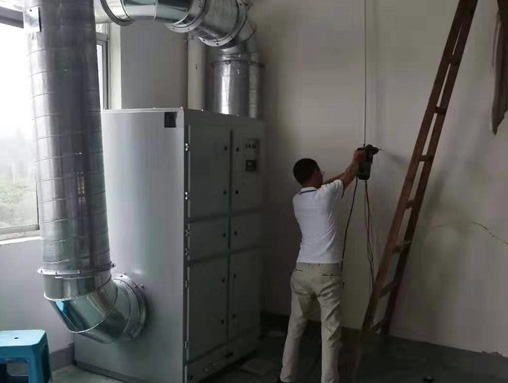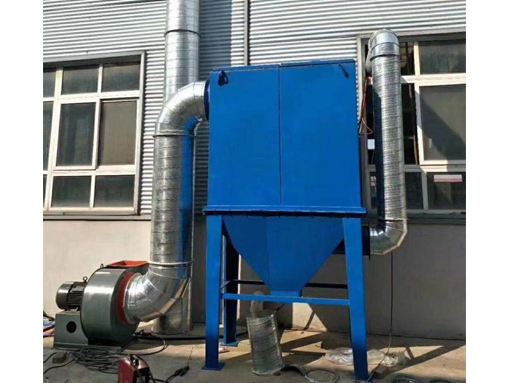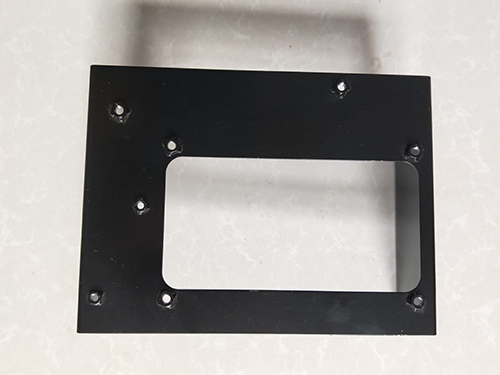Accuracy requirements and process design technology for vehicle body coverings
Due to the high precision requirements and large production quantities of body coverings, the automotive manufacturing industry adopts stamping forming technology for production.
Stamped materials have stable product quality and are easy to achieve automated production. Covering parts have large dimensions, complex shapes, and are mostly free-form surfaces in space. Their forming process involves geometric nonlinearity, material nonlinearity, and complex contact and friction issues. In the traditional stamping production process, whether it is the design and manufacturing of covering part molds, the determination of billet shape and size, or the planning of stamping processes and process parameters, prototypes need to be designed and manufactured. After multiple trial production and debugging corrections, it can be determined. This is a trial and error approximation process, resulting in a large consumption of manpower, material resources, and financial resources, high production costs, and long cycles.
If there is a technology that enables automotive manufacturing engineers to predict the forming situation of selected sheets after stamping based on the designed molds and processes without trial production, it will reduce production costs, shorten production cycles, and win market competition. This is Professor B from Harvard University who served as a Business Consultant for General Motors in 1965. The idea proposed by Udiansky. He referred to this technology as a 'black box'. Professor Budiansky's idea quickly sparked research interest in both academia and industry. A few years later, the outline of the technology he envisioned became increasingly clear, which was the numerical simulation technology of thin plate forming process based on plastic forming theory, the newly emerged finite element analysis (FEA) technology, and the booming computer technology at that time.
Although there has been a research boom in numerical simulation of thin plate forming since the late 1960s, early studies focused on analysis under two-dimensional and axisymmetric conditions, analyzing simple problems such as hemispherical punch bulging or flat bottomed circular punch deep drawing. The analysis methods were based on membrane theory or axisymmetric theory, and could not yet complete the forming analysis of complex parts such as auto body panels.
China started relatively late in numerical simulation of stamping and forming of vehicle body panels, but is catching up. In 1990, the Xiong Huolun at Beihang University adopted the ADINA program and developed the "step-by-step correction method" to handle the dynamic contact conditions during the sheet metal forming process, thereby simulating the forming processes of wide plate stretching, hydraulic bulging, and automotive warm air covers. In 1991, Dong Xianghuai from Huazhong University of Science and Technology established a finite element model for sheet metal forming analysis using thin film triangular elements. The "elastic boundary layer" method was used to handle the contact boundary, and an independent elastic-plastic finite element program was used to analyze the forming process of box shaped parts and oil collectors. Zhang Kaifeng from Harbin Institute of Technology has developed a finite element analysis program for viscoplastic sheet and shell forming using the rigid viscoplastic constitutive relationship, which has been applied in industry. Lee Kuan Yew from the Engineering Software Research Institute of Hunan University, with the support of the Natural Science Foundation, conducted a dynamic explicit finite element analysis program and research on the stamping process. Researchers at Tsinghua University have developed a "modified adaptive dynamic relaxation method" that can save memory, reduce computational complexity, improve convergence, and can also be used to analyze wrinkling problems in general stamping processes. On the basis of previous work, Hu Ping's research group at Jilin University of Technology has established a quasi flow theory that can reasonably reflect the softening of material modulus caused by plastic deformation, and can describe the smooth transition from orthogonal rule to non orthogonal rule of elastic-plastic finite deformation. This theory was used to simulate the bulging process of circular plates, as well as the deep drawing process of cylindrical, box shaped, conical, and Hongqi 488 car oil pan. The wrinkling of the flange part during the deep drawing process of box shaped parts and the wrinkling of the side wall during the deep drawing process of conical parts were simulated, and the rupture process was vividly simulated using air element technology. Currently, they are engaged in the commercialization of software with the support of a major project funded by the Natural Science Foundation of China in 1998.
Since the reform and opening up, China's sedan industry has made great progress, forming a large-scale annual production capacity, but has not yet formed a complete and independent independent independent capability. Overall, it is still in the stage of introduction, improvement, and on-site mass production development. Domestic automobile enterprises are still far behind in overall design and manufacturing technology. Especially lacking the ability to design and manufacture large panel molds, and lacking the technical and experience accumulation for panel forming process design.
The stamping forming of cover parts is a highly nonlinear and complex elastic-plastic process with large deformation. Conducting dynamic simulation research on this process requires a significant investment of financial and material resources, and requires close cooperation between academia and the automotive industry. In order to improve their market competitiveness, reduce the trial and error process, lower production costs, and shorten production cycles, some domestic automobile companies have begun to cooperate with universities to conduct industrial application research on dynamic simulation of cover stamping forming. In 1996, FAW Group, Shanghai Volkswagen, Shanghai Baosteel and other units cooperated with the Automotive Engineering Research Institute of Shanghai Jiao Tong University to explore the industrial application of dynamic simulation of cover stamping forming. They successively completed the stamping simulation analysis and experimental analysis of several cover parts such as Xiaohongqi sedan and Santana series sedan, and conducted research on the forming performance of automotive sheet metal.







